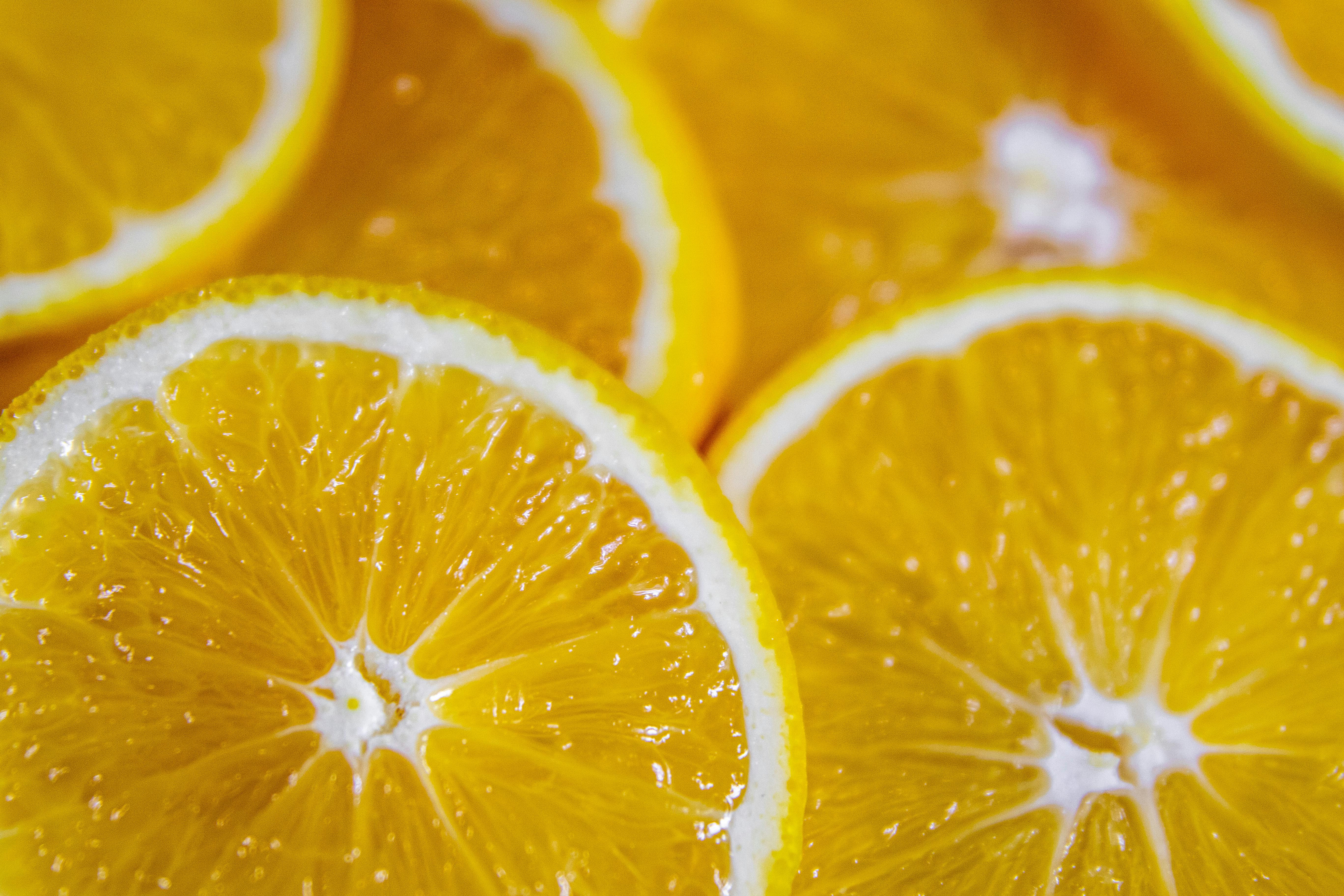In the heart of Amritsar, a long white wall greets you with a clock tower and pretty arched windows, but without the slightest hint of the wonders that lie beyond the central gate. Walk through and when you reach the top of the steps, the Golden Temple was suddenly revealed, glorious and impressive, with domes and parapets reflected in a glittering lake, cloisters, shrines, sacred trees, and pilgrim saris waving in the light. Time stands still, words are few in this beautiful oasis, spirituality becomes tangible.
Located in Bari Doab, the ‘land of the two rivers’ in Punjab, the site was known in ancient times as a place where wandering sages and holy men meditated by the lake, much smaller then and surrounded by the forest Buddha came here they say. , and was followed some 2,000 years later by Guru Nanak, founder of the Sikh faith. Born in 1469, hailed as a child prodigy in divine affairs, Guru Nanak traveled a lot and declared that there is no Hindu, there is no Muslim. Sikhism was born to bring the two religions closer together. “Sikh” simply means “disciple”. Chat. There was a lot to do and everyone who came was eager to help out. Meanwhile, in a nearby courtyard, the men were staging a mock sword fight, much to everyone’s amusement. The sword is seen as an important tool to defend the downtrodden and weak, and Khalsa’s disciples dressed in blue and gold carried the symbolic weapon.
We returned to the water’s edge through a side door adorned with tinsel and lights, and finally made our way to the Darshani Deorchi, the impressive silver-decorated door that overlooks the causeway, which crosses the water to the inner sanctuary. Truly privileged, we joined the long orderly queue waiting to enter this most sacred part of the Harmandir Sahib. Many of the fabulous decorations are due to the generosity of Maharaja Ranjit Singh, the 19th century Sikh leader known as the “Lion of Punjab.” Among his many gifts were 100 kg of gold to cover the dome and some precious marbles. We marveled at the inverted lotus, pinnacles, columns, gazebo window, and fluted domes, all gleaming and finely carved, and time seemed to fly.
The upper floor greeted us with a gleaming hall of mirrors and a square atrium that allowed everyone to look at the jeweled canopy, protecting the Holy Book on the floor below. The reading resounded like a heavenly whisper and all around were semi-precious stones, stained glass, embossed copper, sacred verses from religious scriptures, and different types of floral and animal patterns that embellished every space, wall, ceiling and arch. They included some human figures. Some say it is a mix of Hindu and Mughal designs, while others call it uniquely Sikh. Either way, the astonishing wall art is largely the work of unknown artists and a moving testimony to their faith.
There is little room for movement within the inner sanctuary. So, after one last look at the view from the terrace, we returned to our underworld where we received a small portion of Karah Parsad, the sanctified sweet pudding. We reflected on the simple practice of good works and kind words, truth, faith and equality, and the vision of heaven as ‘merging with the Divine Spirit, like a spark in fire’. When the sun reached its highest point, the temple lit up the entire scene and the reflections shone like gold on the lake. Steeped in 500 years of Sikh heritage, the Golden Temple is a living and mystical place to this day.
